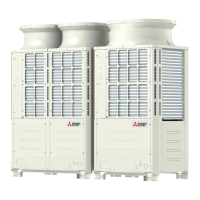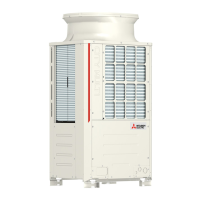What to do if my Mitsubishi Electric Air Conditioner shows temperature sensor fault TH1?
- Kkayla65Sep 5, 2025
If your Mitsubishi Electric Air Conditioner displays a temperature sensor fault for the OA processing unit intake air temperature (TH1), check the sensor for accuracy.



